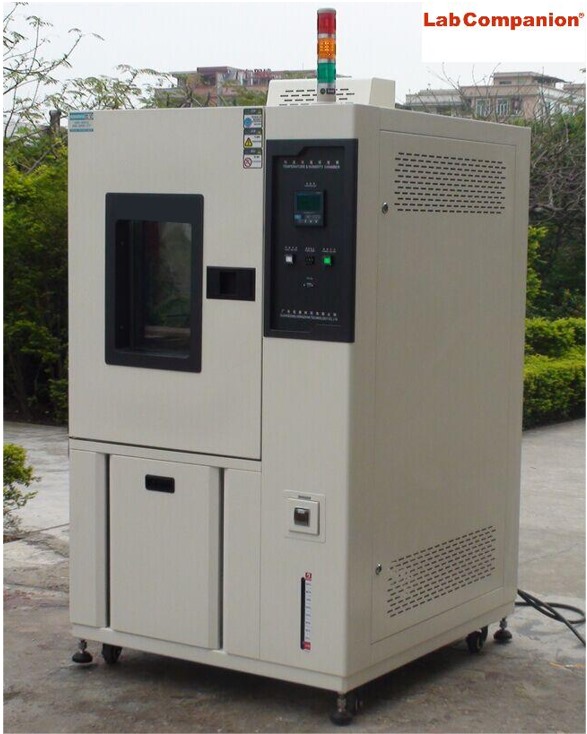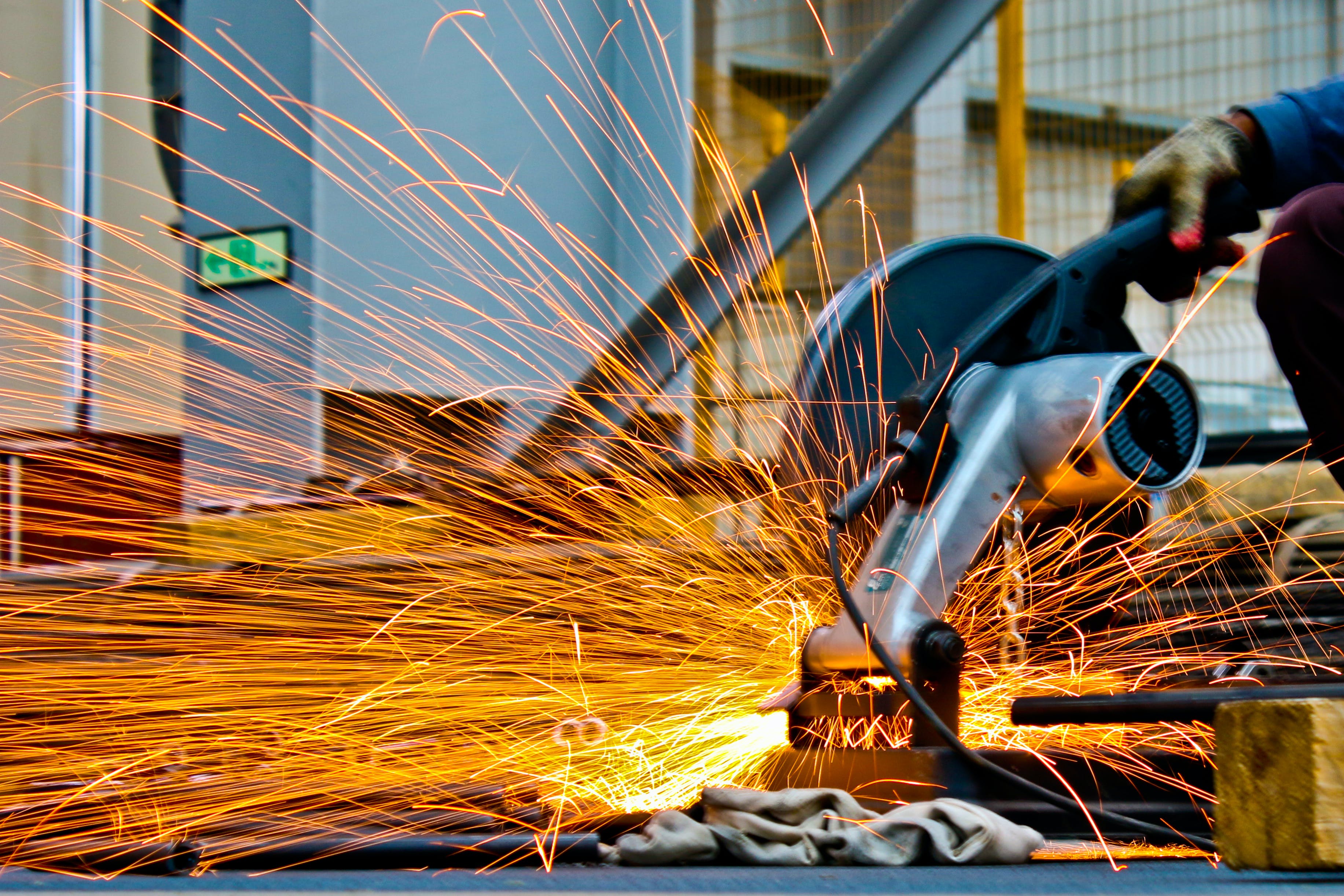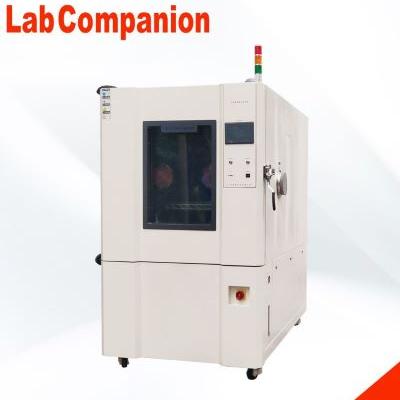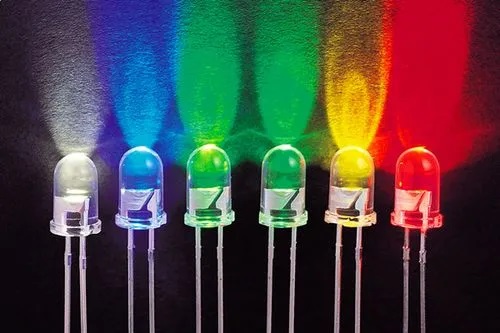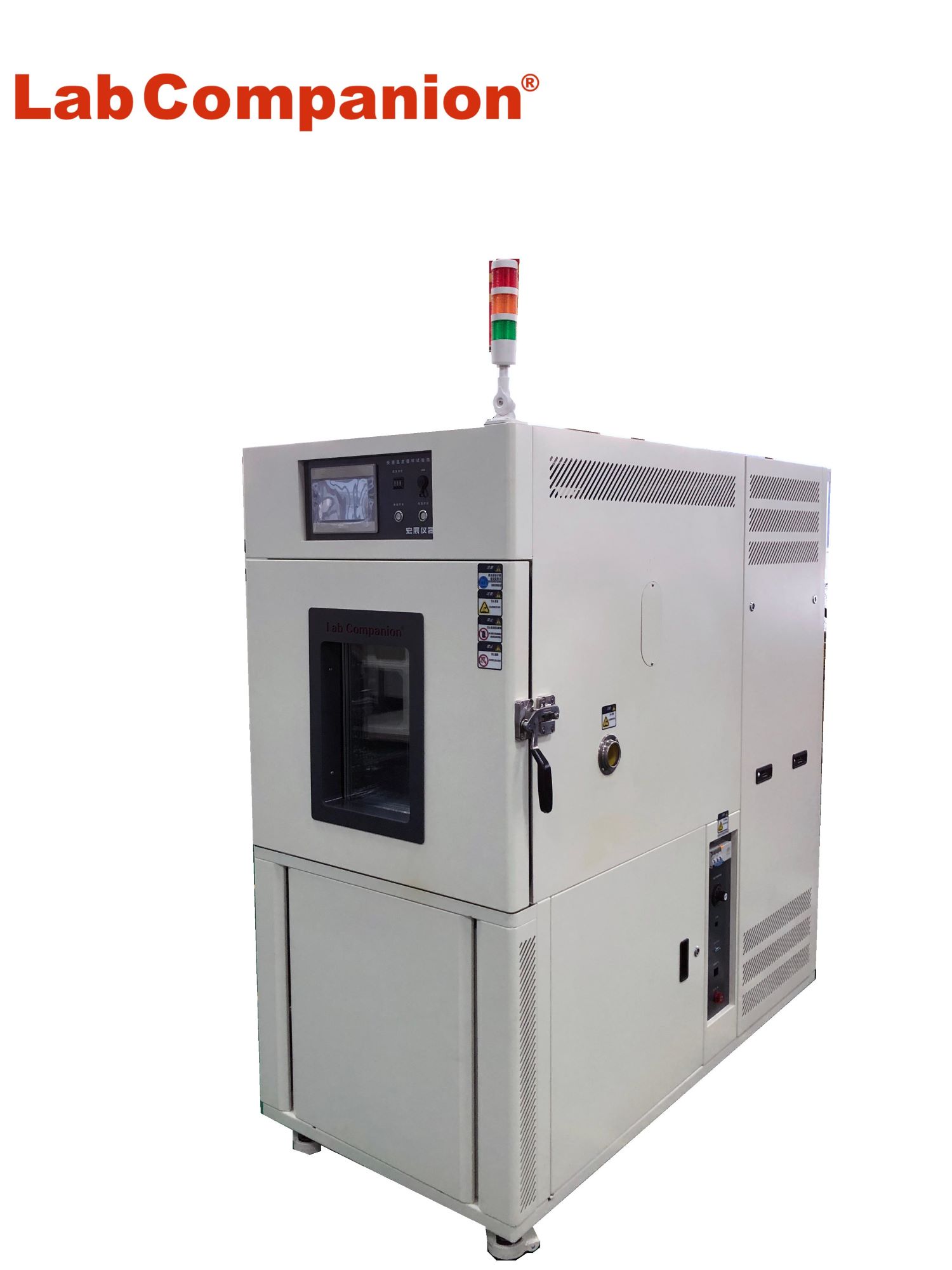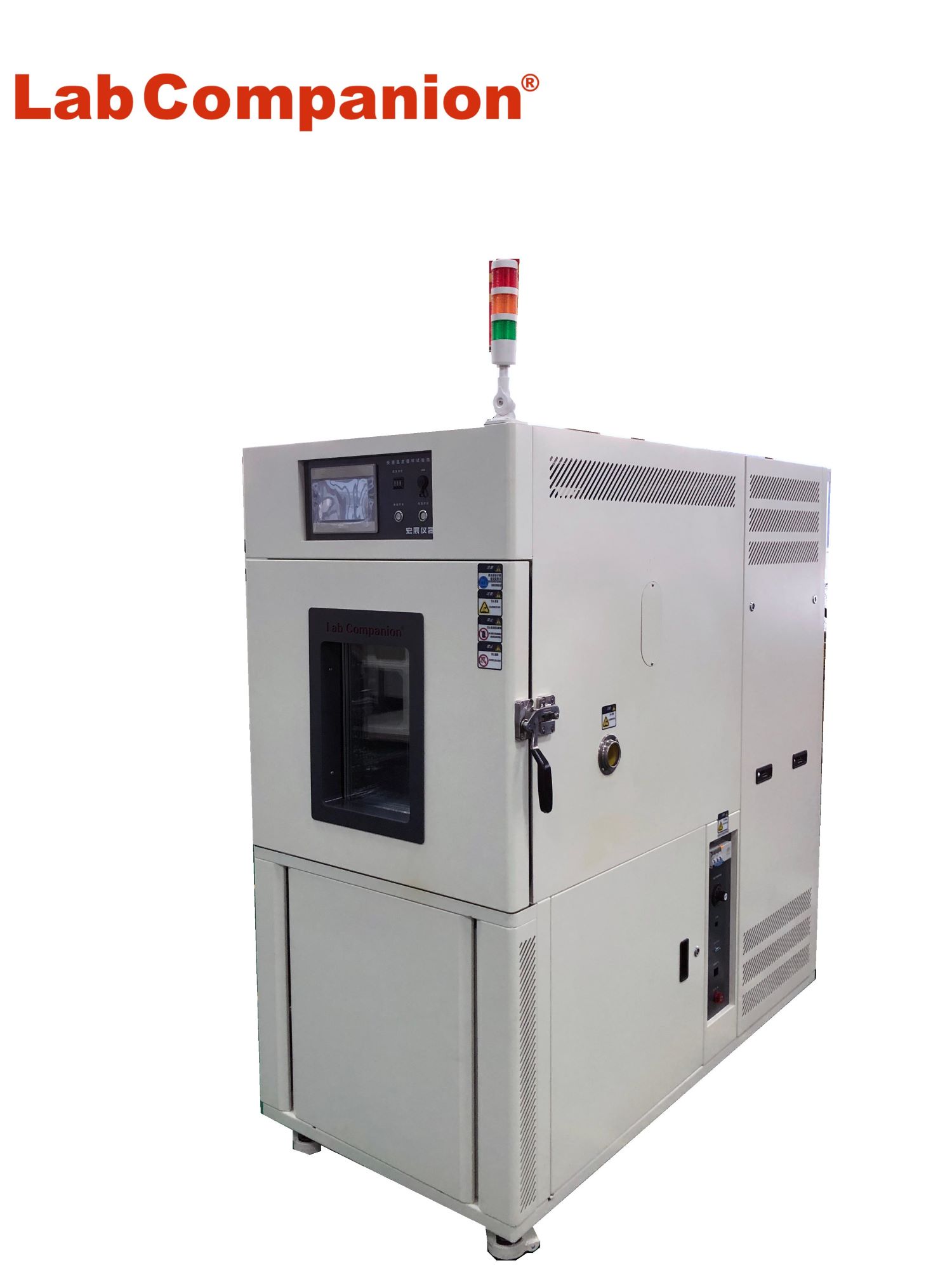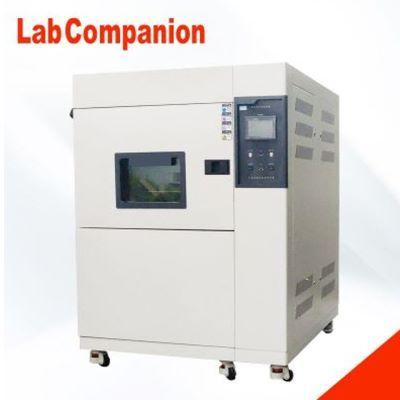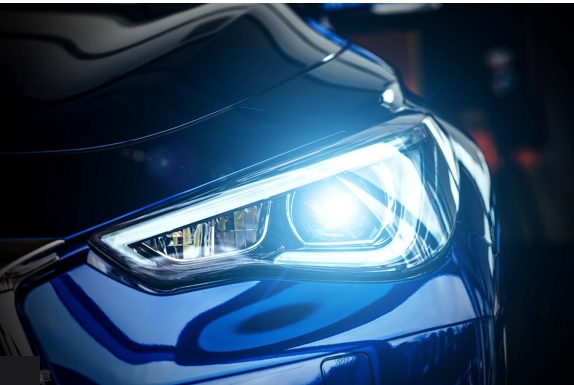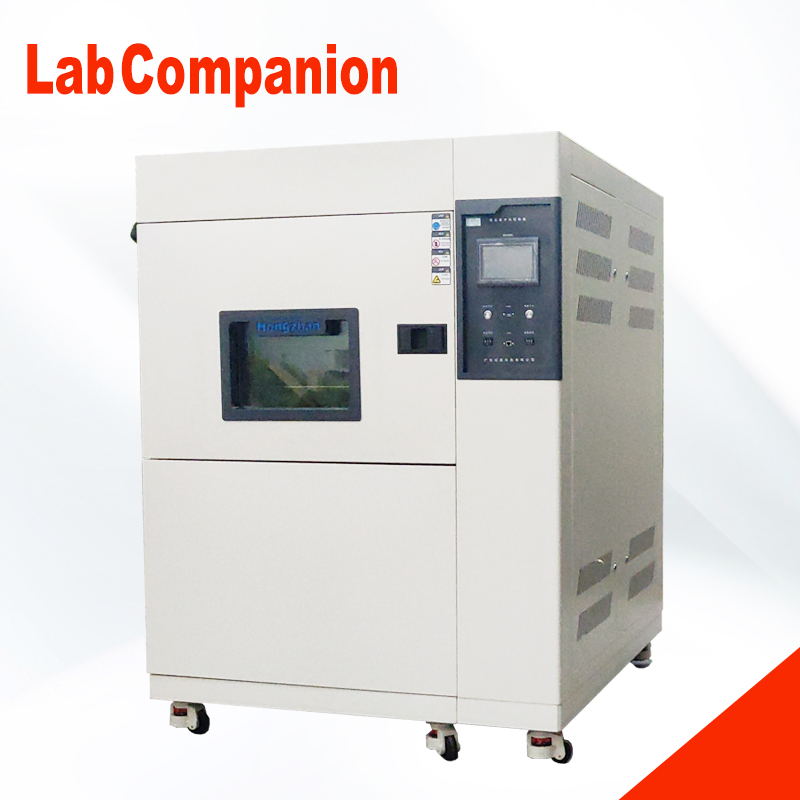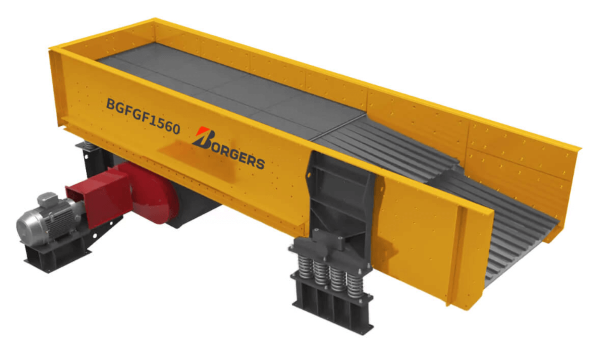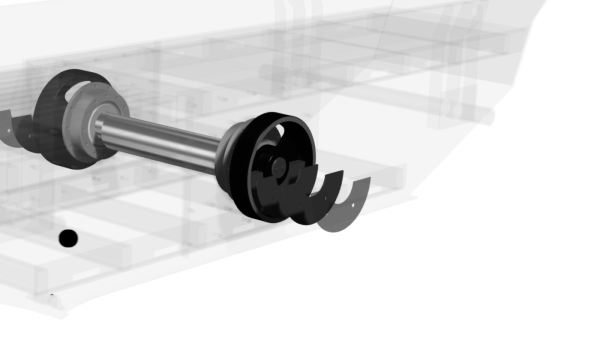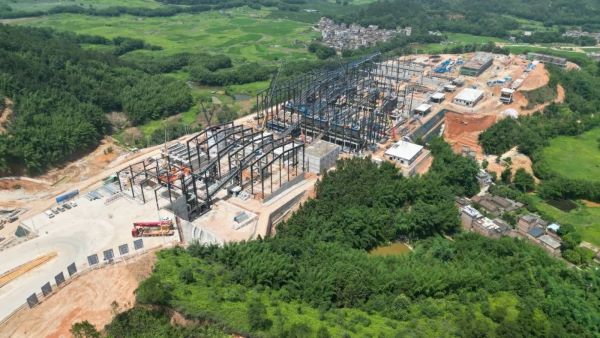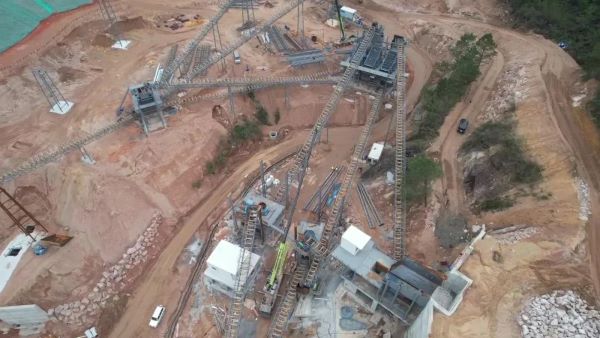Reliability Environmental Test Equipment Combined with Multi-track Temperature Control and Detection Applications
Environmental test equipment includes constant temperature and humidity test chamber, hot and cold shock test chamber, temperature cycle test chamber, no wind oven... These test equipment are all in the simulated environment of temperature, humidity impact on the product, to find out the design, production, storage, transportation, use process may appear product defects, previously only simulated test area air temperature, but in the new international standards and the new test conditions of the international factory, the beginning of the requirements based on the air temperature is not. It is the surface temperature of the test product. In addition, the surface temperature should also be measured and recorded synchronously during the test process for post-test analysis. The relevant environmental test equipment should be combined with surface temperature control and the application of surface temperature measurement is summarized as follows.
Constant temperature and humidity test chamber test table temperature detection application:
Description: Constant temperature and humidity test chamber in the test process, combined with multi-track temperature detection, high temperature and humidity, condensation (condensation), combined temperature and humidity, slow temperature cycle... During the test process, the sensor is affixed to the surface of the test product, which can be used to measure the surface temperature or internal temperature of the test product. Through this multi-track temperature detection module, the set conditions, actual temperature and humidity, the surface temperature of the test product, and the same measurement and record can be integrated into a synchronous curve file for subsequent storage and analysis.
Thermal shock test chamber surface temperature control and detection applications: [dwell time based on surface temperature control], [temperature shock process surface temperature measurement record]
Description: The 8-rail temperature sensor is attached to the surface of the test product and applied to the temperature shock process. The dwell time can be counted backward according to the arrival of the surface temperature. During the impact process, the setting conditions, the test temperature, the surface temperature of the test product, and the same measurement and record can be integrated into a synchronous curve.
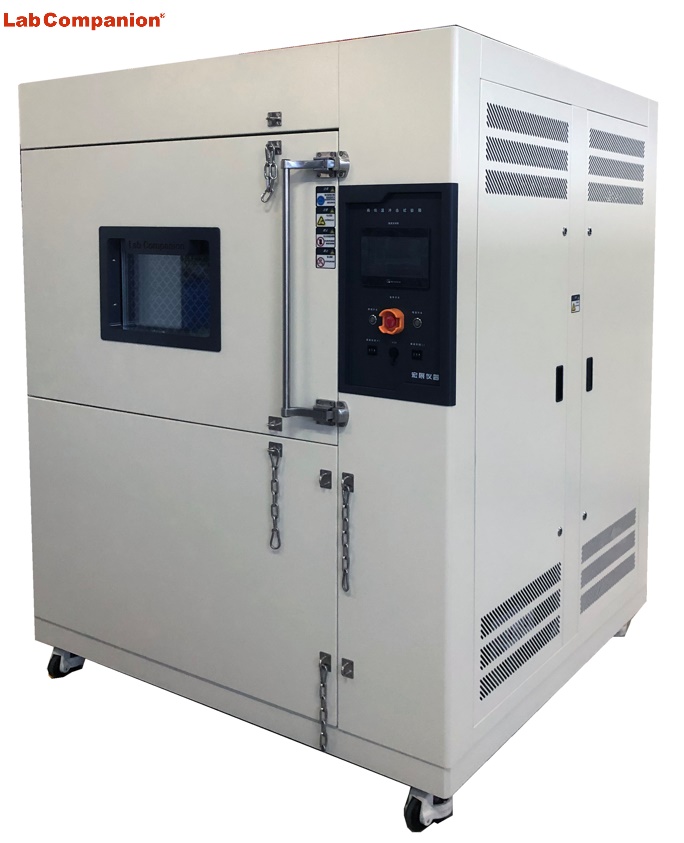
Temperature cycle test chamber surface temperature control and detection application: [Temperature cycle temperature variability and dwell time are controlled according to the test product surface temperature]
Description: Temperature cycle test is different from temperature shock test. Temperature shock test uses the maximum energy of the system to carry out temperature changes between high and low temperatures, and its temperature change rate is as high as 30 ~ 40℃ /min. Temperature cycle test requires a process of high and low temperature changes, and its temperature variability can be set and controlled. However, the new specification and the test conditions of international manufacturers have begun to require that the temperature variability refers to the surface temperature of the test product, not the air temperature, and the current temperature cycle specification temperature variability control. According to the test product surface specifications are [JEDEC-22A-104F, IEC60749-25, IPC9701, ISO16750, AEC-Q100, LV124, GMW3172]... In addition, the residence time of high and low temperatures can also be based on the test surface, rather than the air temperature.
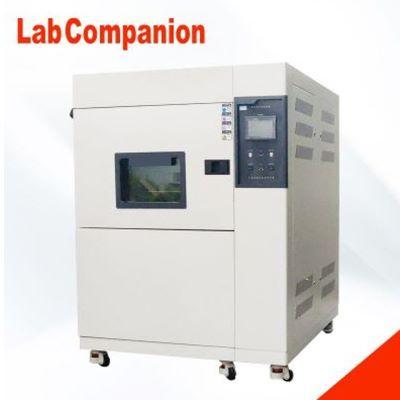
Temperature cyclic stress screening test chamber surface temperature control and detection applications:
Instructions: Temperature cycle stress screening testing machine, combined with multi-rail temperature measurement, in the temperature variability of stress screening, you can choose to use [air temperature] or [test product surface temperature] to control the temperature variability, in addition, in the high and low temperature resident process, the time reciprocal can also be controlled according to the surface of the test product. In accordance with the relevant specifications (GJB1032, IEST) and the requirements of international organizations, according to the definition of GJB1032 in the stress screening residence time and temperature measurement point, 1. The number of thermocouples fixed on the product shall not be less than 3, and the temperature measurement point of the cooling system shall not be less than 6, 2. Ensure that the temperature of 2/3 thermocouples on the product is set at ±10℃, in addition, according to the requirements of IEST(International Association for Environmental Science and Technology), the residence time should reach the temperature stabilization time plus 5min or performance test time.
No air oven (natural convection test chamber) surface temperature detection application:
Description: Through the combination of a windless oven (natural convection test chamber) and a multi-track temperature detection module, the temperature environment without fan (natural convection) is generated, and the relevant temperature detection test is integrated. This solution can be applied to the actual ambient temperature test of electronic products (such as: Cloud server, 5G, electric vehicle interior, indoor without air conditioning environment, solar inverter, large LCD TV, home Internet sharer, office 3C, laptop, desktop, game console....... Etc.).
